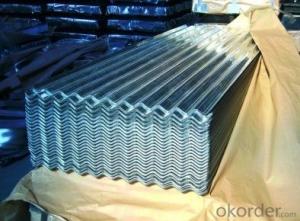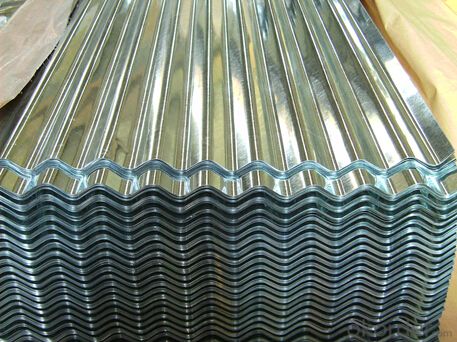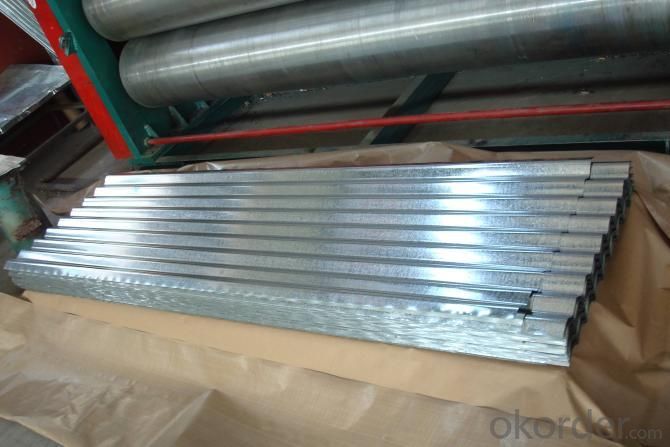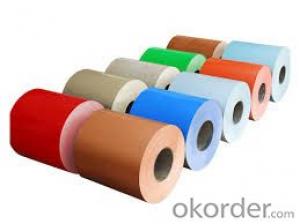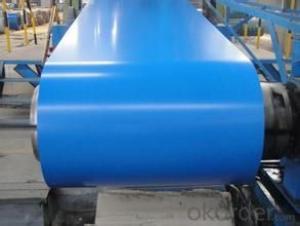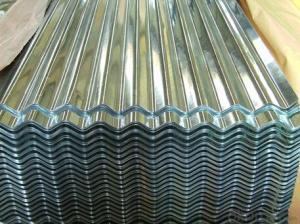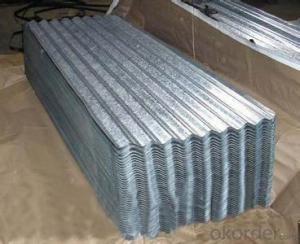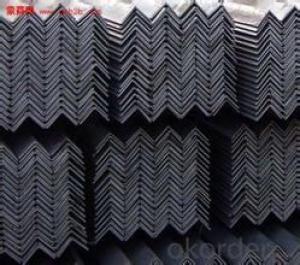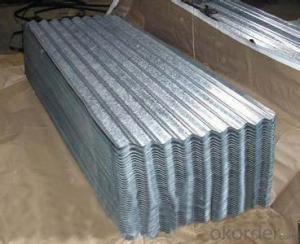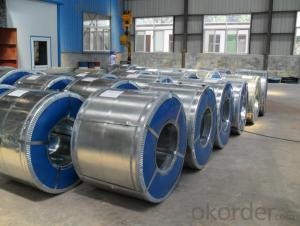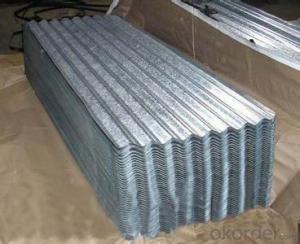Hot-Dip Galvanized Steel Roof with Competitive Price of China
- Loading Port:
- Tianjin
- Payment Terms:
- TT OR LC
- Min Order Qty:
- 50 m.t.
- Supply Capability:
- 10000 m.t./month
OKorder Service Pledge
OKorder Financial Service
You Might Also Like
1. Hot-Dip Galvanized Steel Roof Description:
Hot-dip galvanized steel roof are available with a pure zinc coating through the hot-dip galvanizing process. It offers the economy, strength and formability of steel combined with the corrosion resistance of zinc. The hot-dip process is the process by which steel gets coated in layers of zinc to protect against rust. It is especially useful for countless outdoor and industrial application.
2.Main Features of the Hot-Dip Galvanized Steel Roof:
• Excellent process capability
• Smooth and flat surface
• Workability, durability
• Excellent heat resistance performance
• High strength
• Good formability
• Good visual effect
3.Hot-Dip Galvanized Steel Roof Images
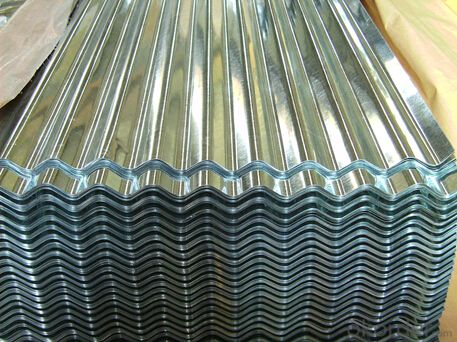
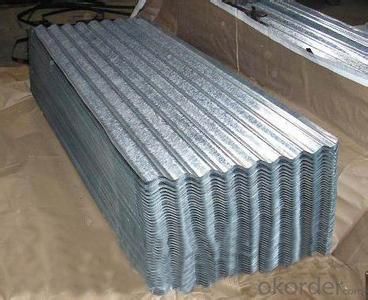
4.Hot-Dip Galvanized Steel Roof Specification
Material: Galvanized Sheet
Width: 650/800/890/900
Length: 1500/1800/2000/2400/3005/3600 or customized
Thickness: 0.2-2.0
Surface Treatment: Hot dipped/Bended
Application: warehouse; shelter; Commercial facilities; industrial facilities
5.FAQ of Hot-Dip Galvanized Steel Roof
Which payment term we can do?
L/C at sight or T/T.
What’s the basic material of this product?
Galvanized/Aluzinc Steel
- Q: did bible stated that steel is coming from outer space. i mean meteor rocks that enter our earth sistem contains the minerals iron.
- First of all, use spell check and read back over what you wrote before submitting it. Second of all steel is a product made from iron through a very complicated scientific process which I will not bother to explain to you at this time. Iron is a naturally occuring substance on our planet which is mined from within the earth like other minerals. Furthermore, I don't recall the Bible saying anything about steel from outer space. What Bible are you reading?
- Q: looking to buy a sashimi knife. what is the difference between white steel (1and2) and blue steel (1and2) in terms on characteristics. what gets sharper? what holds edge longer? basically any info on the pros and cons of each steel would be SO GREATLY APPRECIATED! thanks in advance to all who answer. i'm leaning towards white-2 steel for my first sashimi knife, started training on the sushi bar and need a new tool!
- Blue Steel Knife
- Q: What is the average turnaround time for processing steel coils?
- The average turnaround time for processing steel coils can vary depending on various factors such as the complexity of the process, size of the coils, and the efficiency of the manufacturing facility. However, in general, the average turnaround time for processing steel coils ranges from a few days to a few weeks.
- Q: How are steel coils protected against moisture and humidity?
- Steel coils are typically protected against moisture and humidity through various methods such as applying a protective coating or wrapping the coils with moisture-resistant materials, such as plastic or wax paper. Additionally, storing the coils in a dry and controlled environment, such as a warehouse with proper ventilation, helps prevent moisture absorption.
- Q: I'm looking for the weight of different types of steel and haven't found anything helpful!!thank you
- Category Material Density Metal Steel, tool 7.715 Metal Wrought Iron 7.75 Metal Carbon Tool Steel 7.82 Metal Steel, cold-drawn 7.83 Metal Carbon Steel 7.84 Metal Steel, C1020, HR 7.85 Metal Pure Iron 7.86 Metal Soft Steel (0.06% C) 7.87 Metal Stainless Steel, 304 8.03 Metal Stainless 18Cr-8Ni 8.03 I looked up specific gravity mild steel. This might get you pointed in the right direction.
- Q: Can steel coils be coated with phosphorescent materials?
- Yes, steel coils can be coated with phosphorescent materials. Phosphorescent coatings can be applied to steel coils to create a glowing effect in low-light conditions.
- Q: How are steel coils inspected for color consistency?
- Steel coils are inspected for color consistency through visual inspection by trained personnel. They compare the color of the coils against a color standard to ensure uniformity and consistency across the entire batch.
- Q: I wasn't expecting much because i knew it was cheap (Trying to avoid high prices) But anyway i cut a few bottles and cans and i noticed the very edge of the blade was starting to bend. I ignored it and tried it on a 3 inch limb, and the whole blade bent sideways where the limb hit it.I heard cold steel was supposed to be top quality and I wanted to know how durable their swords are and if they're worth it. Thanks!
- Yes. Cold Steel is a great company with a quality product, and I've always been happy with their work. Their katanas, while not made in the traditional method, are heavy duty carbon steel and should handle abuse well. I'd recommend them based on my experience with other Cold Steel products.
- Q: I know the law regarding selling steel core ammo, but is it possible to buy a steel core bullet and load it yourself?
- I don't ever recall seeing reloading components listed as steel core but I guess they could be out there. Why on earth would you want to load steel core if regular projectiles are available?
- Q: Can steel coils be used in outdoor applications?
- Yes, steel coils can be used in outdoor applications. Steel is known for its durability and strength, making it suitable for a wide range of outdoor uses. Steel coils are often used in applications such as construction, automotive manufacturing, and transportation industries. They are resistant to harsh weather conditions, including rain, snow, and UV exposure. Additionally, steel coils are often coated with protective finishes, such as galvanized or painted coatings, to further enhance their resistance to corrosion and extend their lifespan. Overall, steel coils are a reliable and versatile option for outdoor applications due to their strength, durability, and resistance to environmental factors.
Send your message to us
Hot-Dip Galvanized Steel Roof with Competitive Price of China
- Loading Port:
- Tianjin
- Payment Terms:
- TT OR LC
- Min Order Qty:
- 50 m.t.
- Supply Capability:
- 10000 m.t./month
OKorder Service Pledge
OKorder Financial Service
Similar products
Hot products
Hot Searches
Related keywords
